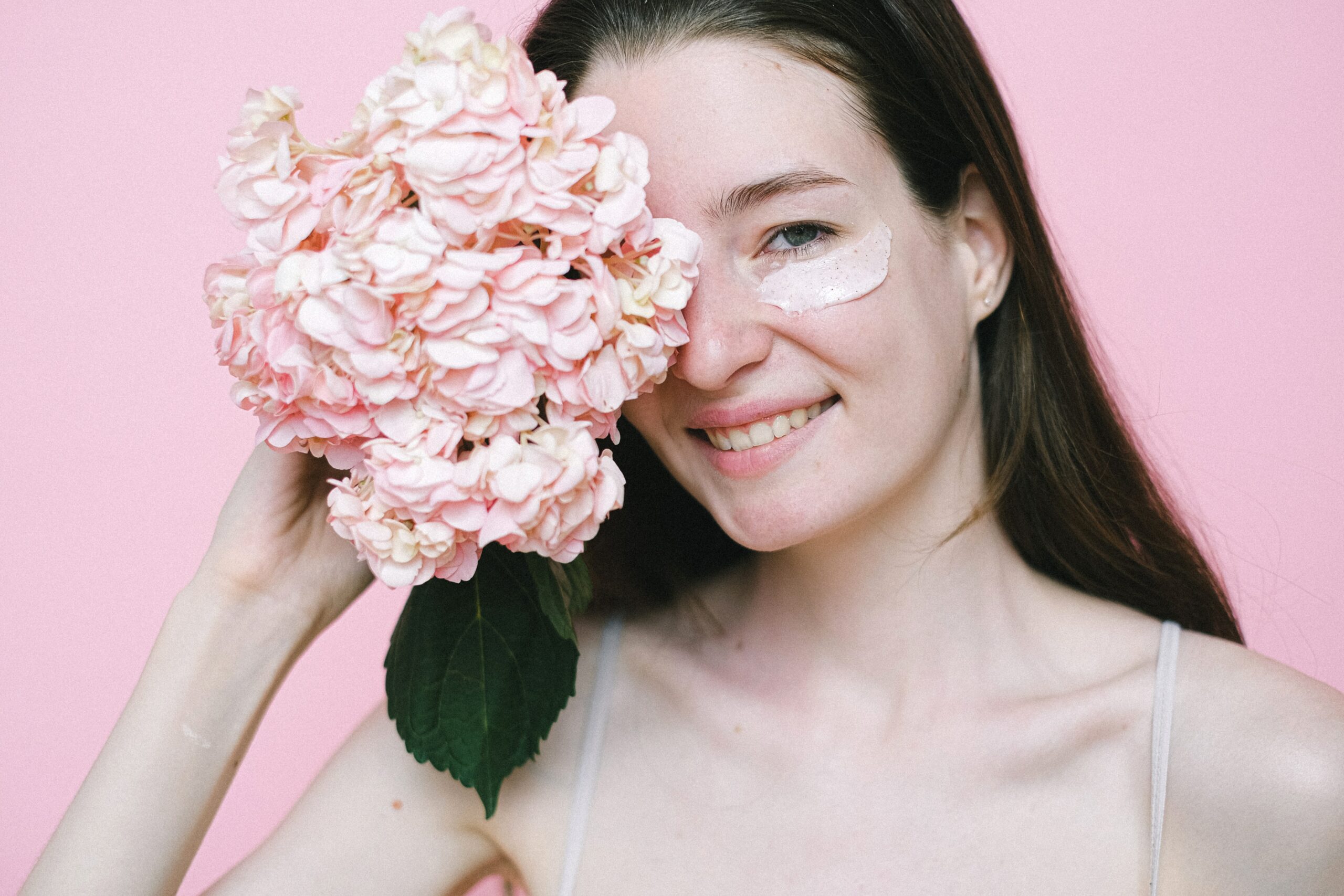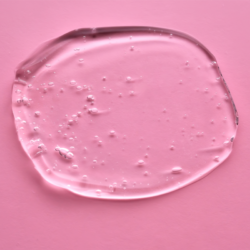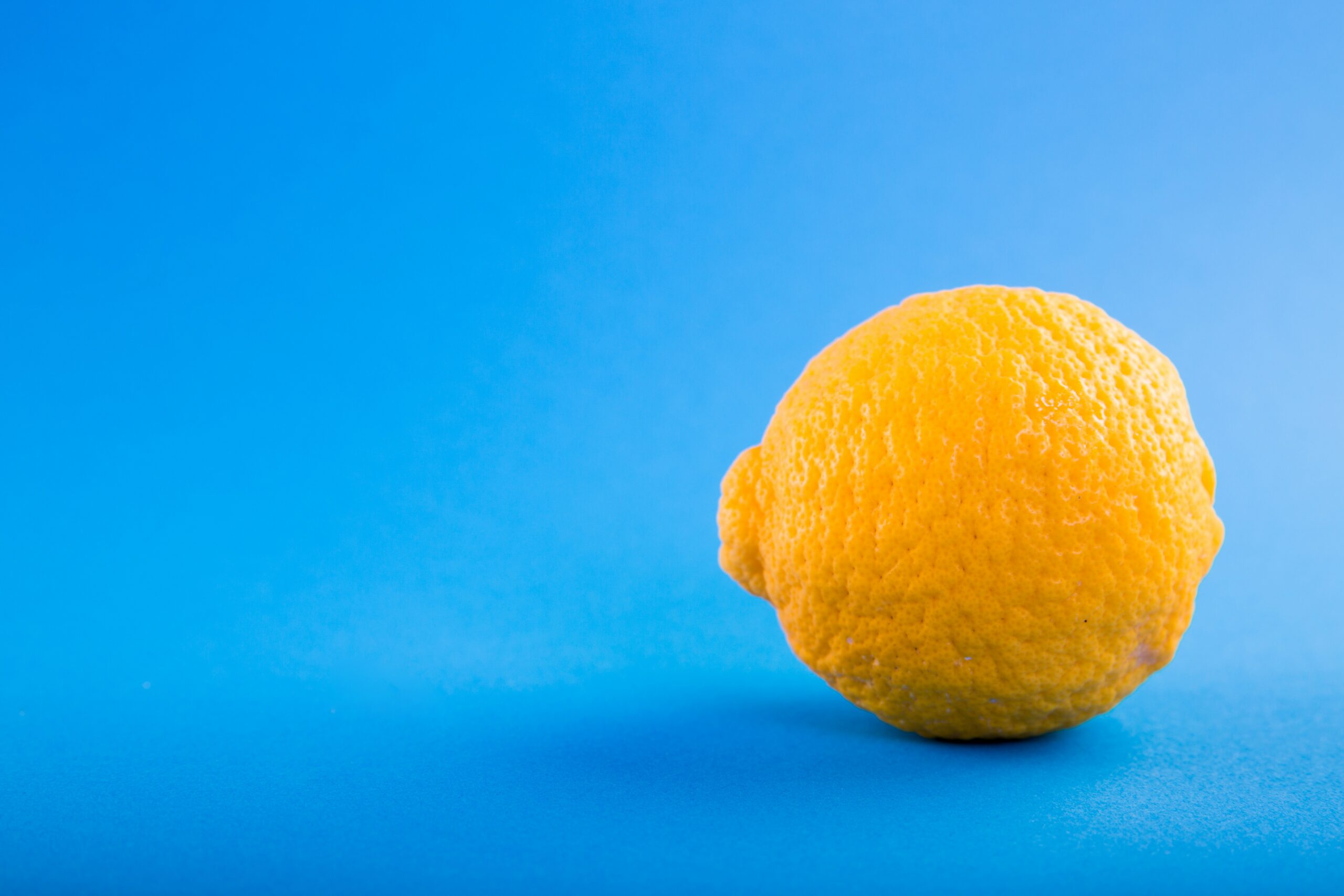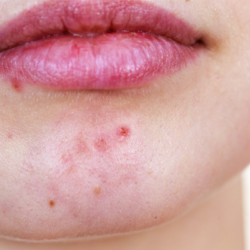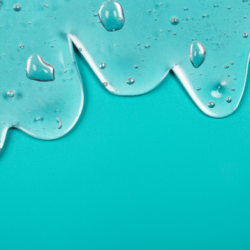Finding a skincare routine that is 100% tailored to your skin is the best way to keep your skin barrier healthy and prevent premature aging. Glycolic acid is a form of alpha hydroxy acid (AHA) that has a variety of benefits for the skin.
What is glycolic acid?
Glycolic acid is an ingredient used in many cosmetics. Glycolic acid is derived from sugar cane and is used to exfoliate the skin by accelerating cell renewal. In fact, it is the most popularexfoliant of the moment! Its mechanism of action is as follows: It penetrates the pores of the skin to removeexcess sebum and bacteria, thus facilitating collagen production. Glycolic acid helps to clarify the complexion by smoothing the surface. In fact, it has the ability to dissolve the dead cells that accumulate on the surface of the skin, thus facilitating the penetration of the skin care products used on a daily basis (guaranteed hydration boost!). This AHA can be found in many cosmetic products and in particular in the shelves of our online parapharmacy.
Does glycolic acid make acne disappear?
Glycolic acid is a powerful exfoliant. This means that it is able toremove dead skin cells from the surface of the skin. This allows the skin to oxygenate and renew itself better. In fact, when used regularly once or twice a week, it helps prevent sebum from clogging the pores and prevents the bacterial proliferation responsible for acne spots. You can say goodbye to the blackheads that thought they had taken up residence on the wings of your nose!
What about wrinkles?
Although glycolic acid belongs to the large family of acids, it is above all a formidable humectant. A quick reminder: A humectant is a hydrating compound for the skin or hair. It allows moisture to be retained inside theepidermis, which gives the skin a plumped-up, smoothed appearance. In addition, the small molecules of glycolic acid can penetrate deep into the skin to stimulate collagen production. The result: you will find your skin plumped up and more radiant.
How should glycolic acid be used?
This AHA can be found at the heart of various cosmetic formulations:
- tonic lotions
- ampoules
- cleansing products
- serums
- peels
- pre-soaked cotton pads
Since any form of exfoliation can be potentially irritating to the skin, it is important to always moisturise the skin after using a glycolic acid product It’s best to be cautious when incorporating this active ingredient into your routine. In fact, we advise you to test the application on a small area such as the crease of the elbow. Wait 24 hours to make sure you don’t have an allergic reaction before deciding to apply it to the whole face. We recommend that you start with one application per week, on Wednesday evening for example, so as not to rush your skin and thus limit the risk of irritation. Prevention is better than cure!
What is a chemical exfoliant?
Glycolic acid belongs to the family of chemical exfoliants. Unlike “physical” exfoliants such as coffee or sea salt, as well as microbeads: Products that require a “mechanical” action, a rotational movement of the hand, for the product to remove dead cells and other impurities from the skin’s surface. Chemical scrubs are able to dissolve the cement that holds the dead cells to the surface of the skin. In addition, unlike grainy scrubs, they work from the inside out, dissolving oil, dirt and bacteria. Source: Sources: https://www.ncbi.nlm.nih.gov/pmc/articles/PMC6017965/ https://www.ncbi.nlm.nih.gov/pmc/articles/PMC4720453/ https://www.ncbi.nlm.nih.gov/pmc/articles/PMC3047947/

